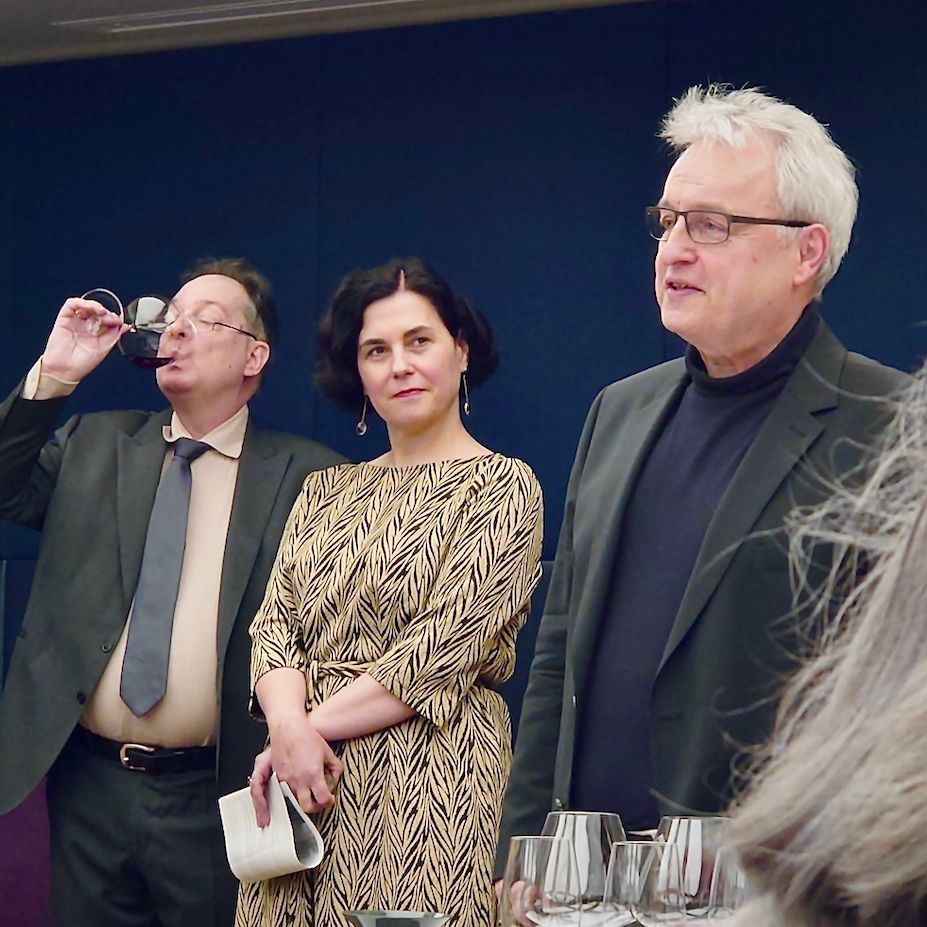“I found the wines shown at Three Decades of Germany generally to be uplifted with great freshness, even after many years of ageing, offering what many other mature wines of a similar age simply don’t,” says Mattia Scarpazza.
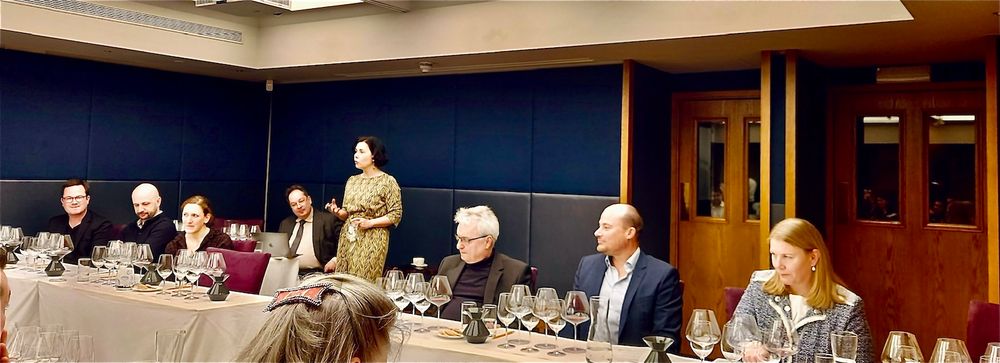
Three Decades of Germany tasting March 10, 2023
Leading a panel discussion with six of the leading German wine producers Anne Krebiehl MW and Dr Ulrich Sautter, co-author of the German Wine Atlas, showed a selection of Pinot Noir and Riesling from three different decades in a landmark tasting called Three Decades of Germany.
The reason for such a tasting? To showcase how fine German wines had come of age over the past 30 years.
Premium, mature German wines are not easy to come by – “it was not until the late 90s, that the German consumer started consuming dry homegrown wines,” says Krebiehl. “And, with even less requested from abroad, producers hardly ever kept bottles to mature in their cellars, so now we are usually short of matured stock,” adds Dorothee Zilliken.
The tasting came about when a group of six pioneer producers from across Germany decided to part with some of their last remaining bottles from three vintages from the 90s, 00s and 10s the requirement being that they had to be from the same vineyard to compare and contrast them.
The wondrous six are: Weingut Dr. Heger (Baden), Weingut Knipser (Pflaz), Weingut Fürst (Franken), Weingut Georg Breuer (Rheingau), Weingut Dönnhoff (Nahe), Weingut Geltz-Zilliken (Saar) with the first three showing Blauburgunder (Pinot Noir) and the latter three Riesling.
Anne Krebiehl MW helped compere on the day, although the original idea came from Dr Sautter.
What was discussed during the masterclass?
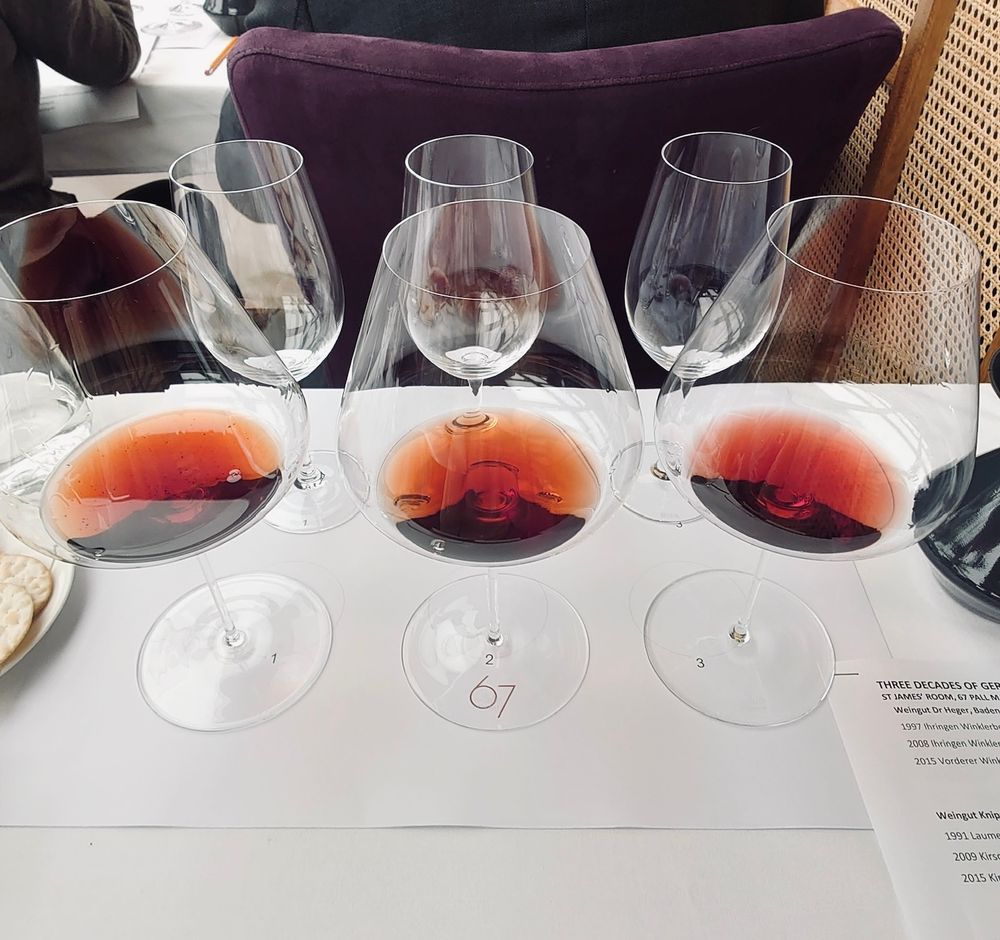
The 1991 Blauburgunder, Kirschgarten by Knipser, showed extremely youthful at the ripe old age of 31
The two main themes discussed by the panel were how harvests have moved earlier and how once-dismissed vintages are showing extremely well today.
Among the producers, the average harvest time has moved forward three weeks: for Weingut Dr. Heger in Baden (amongst the warmest regions) the harvest in 1997 for the Pinot Noir harvest was on the 26-27 of October whereas in 2016 it was the 23rd of September. At Dönnhoff in the cool Nahe their Niederhäuser Riesling harvest had a difference of a whopping eight weeks in the same time period – moving from the end of November to the mid-end of September.
But there is no reason to despair as the wines shown from the last decade were of superb quality, and in some cases even more alluring than the wines from the mid-2000s, as Krebiehl explained: “Viticultural techniques have adapted over the years as the overall climate has gotten warmer.”
In contrast, Dorothee Zilliken of Geltz-Zilliken, said: ‘’In Saar we are struggling just as much now to harvest grapes to produce dry wines as we did in the past, the causes are different and a struggle all the same, so we focus on the sweet wines and Saar is still an ideal place to produce this style.’’
Vineyard management has evolved over time with the warming climate but the warmer slopes that were the prime sites 30 years ago are now at risk of being too warm – that is where new clones and improved vineyard management have come in handy. Cornelius Dönnhoff of Dönnhoff, and Theresa Georg Breuer of Georg Breuer were both agreed that if they were to use the same techniques in the vineyards today that their fathers did then they couldn’t produce the quality of wine that they are making today.
A shared thought amongst the producers on the panel was that the vintages that had originally been dismissed at the time either because they were too cold or wet were showing magnifically today – a case in point was the 1991 Blauburgunder, Kirschgarten by Knipser, which showed extremely youthful at the ripe old age of 31. Other vintages to look out for are 1994, 1997, 2010 and 2008.
Having once again had the confirmation of the outstanding ageing potential of fine German wines, I’d seek more examples to have on any extensive wine list.
I found the wines generally to be uplifted with great freshness, even after many years of ageing, offering what many other mature wines of a similar age simply don’t.
My highlights of the Three Decades of Germany tasting
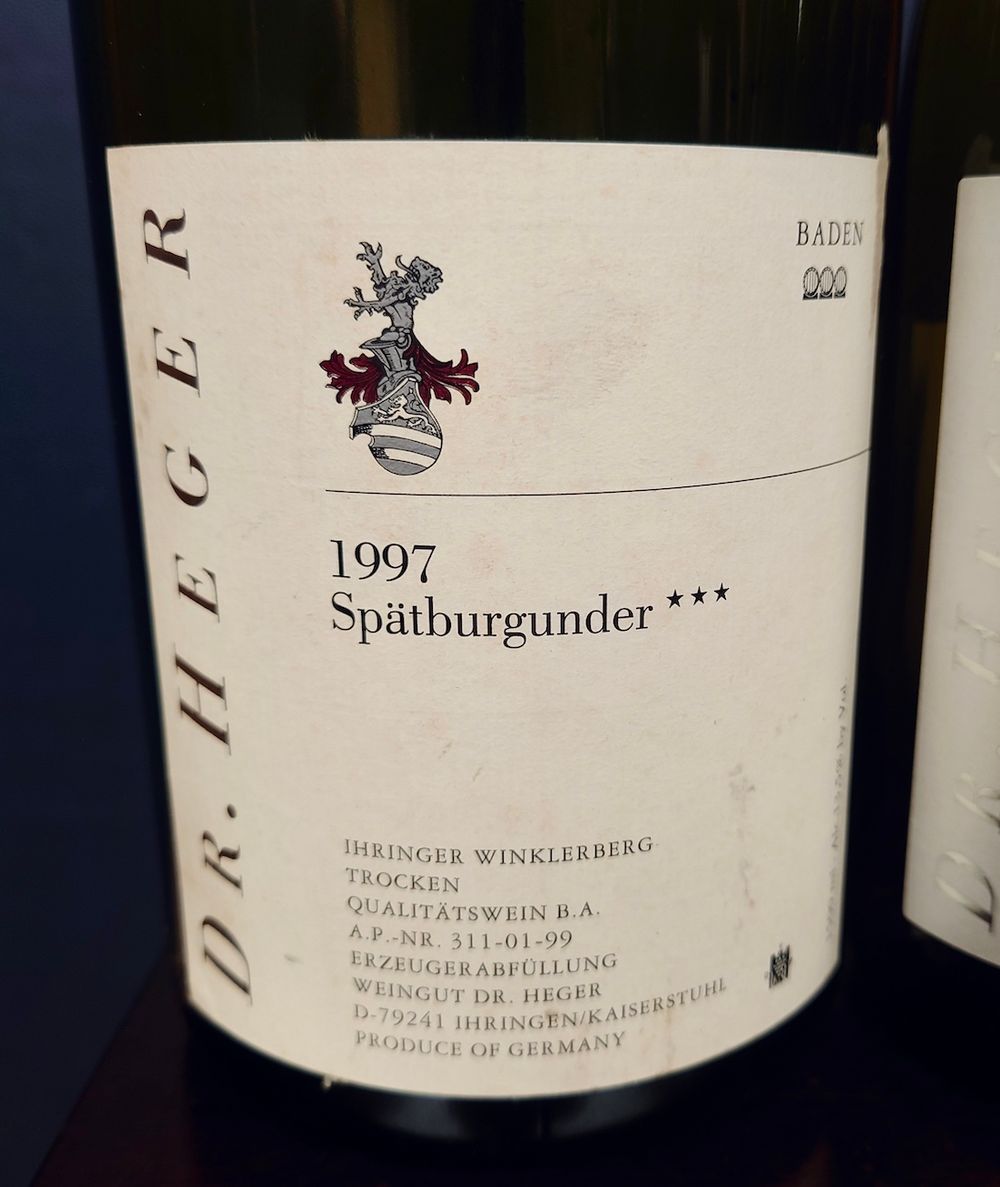
Dr. Heger, Ihringer Winklerberg Spätburgunder, GG, Baden : 1997 – 2008
The Winklerberg vineyard is considered one of the warmest vineyards in Germany. Pinot Noir, Baden Clone, planted on this volcanic soil.

Knipser, Spätburgunder, Kirschgarten, GG, Pfalz: 1991 – 2015
Pfalz enjoys more sun and less rain than anywhere else in Germany. Pinot Noir, Burgundy clones from 1983 plantings on limestone
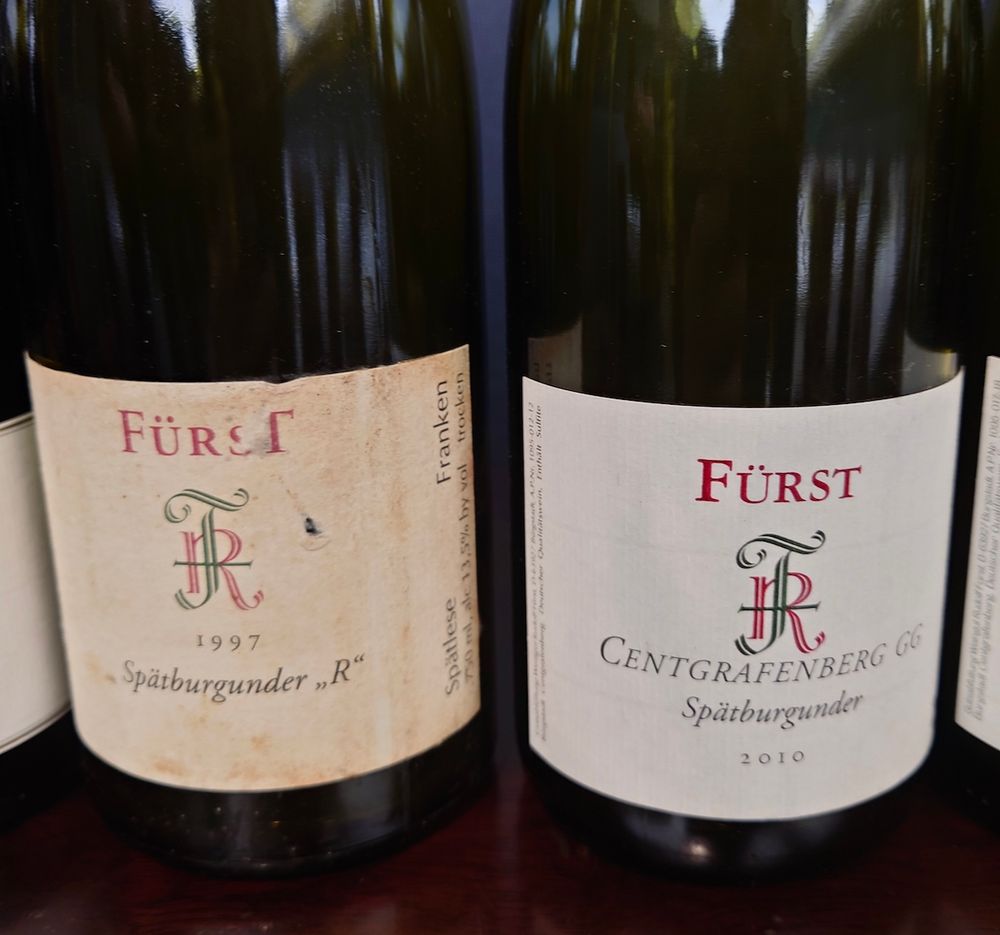
Fürst, Spätburgunder, Centgrafenberg, GG, Franken: 1997, 2016
From the corner of Bavaria, Pinot Noir grown on a steep, south-facing slope, whole bunch vinification since first vintage. First producer of Pinot Noir in Franken
Georg Breuer, Riesling, Berg Schlossberg, Rheingau: 1993 – 2012
Since the 70s the family owns land in the most famous vineyard in the region, south facing directly to the Rhine river. Manual harvest, large oak 1200L barrel maturation, 11 months on lees.

Dönnhoff, Riesling, Hermnnshohle, GG, Nahe:1994 – 2010
This site faces south and lies 130 –175 m above sea level. Its soils are primarily blackish grey slate considered the best site in the region. Long less ageing in large barrel
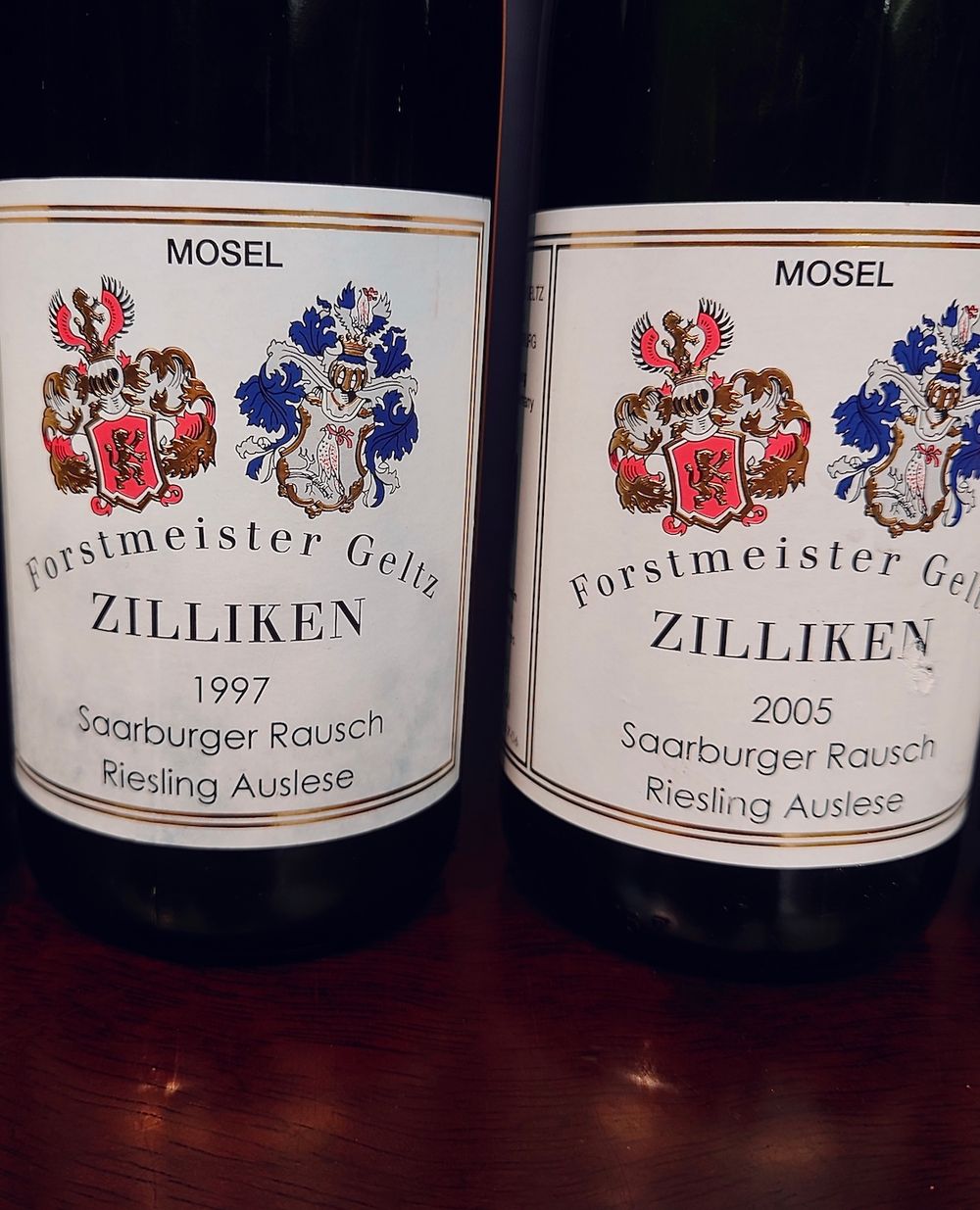
Zilliken, Riesling, Saarburger-Rausch 2005 – 2010
From one of the most famous vineyards, The roots of the Riesling vine penetrate up to 10 metres deep in the rock face. Vines age range from 2008 to the oldest 130 years old. Deep-rooting Riesling site prized for its sweet wines.
Many thanks to Joachim Heger of Dr Heger, Stephan Knipser of Knipser, Sebastian Fürst of Fürst, Cornelius Dönnhoff of Dönnhoff, Dorothee Zilliken of Zilliken and Theresa Breuer of Georg Breuer for showing these wines and to Anne Krebiehl MW for staging such a wonderful event.
